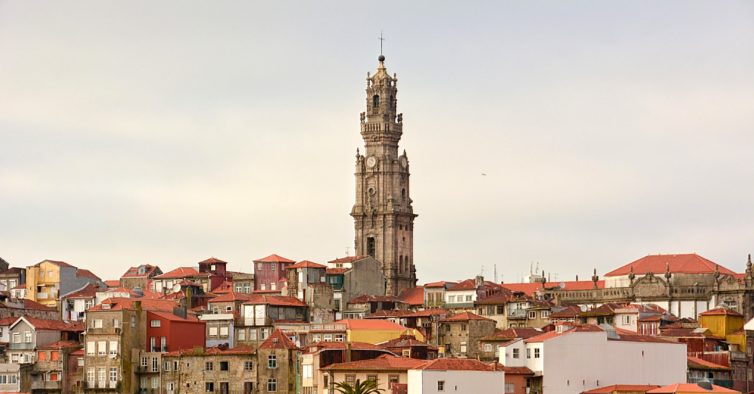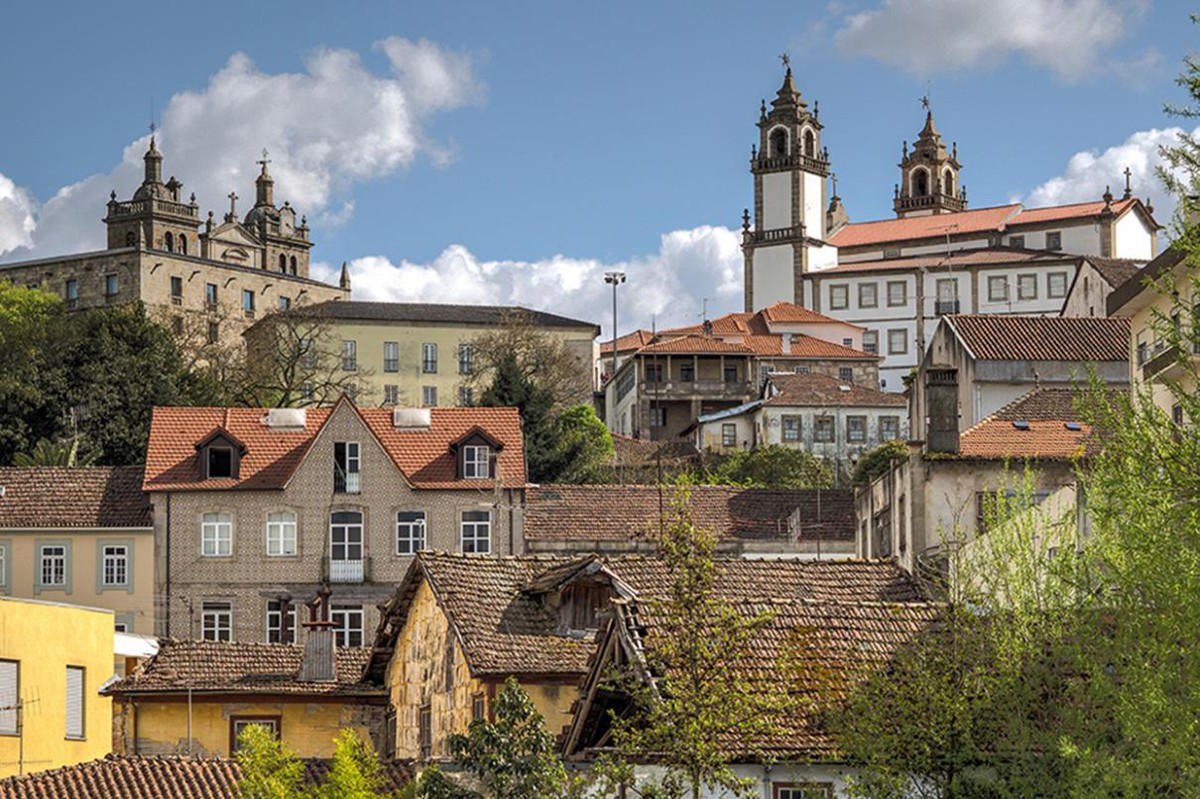Moledo and Caminha: What to see
This village in the north of Portugal, in the district of Viana do Castelo, was for a long time an important point of war against the Spanish and French invaders. Nowadays, other attributes stand out in Caminha: the maritime and fluvial beaches, the green hills, the typical festivals, the gastronomy and, of course, its inhabitants.
There are many festivities that fill the streets of Caminha: celebrations in honor of Santa Rita de Cassia, Nossa Senhora da Bonança, S. Bento, the Feast of the Solhas and the pilgrimage of S. João D’Arga. The latter is known for being the most genuine feast of the Upper Minho, where traditions, customs and undoubtedly fun.
Also, the Medieval Fair is a tourist attraction, in which the streets are full of foreigners and lively music (in July).
For lovers of nature and well-being, Ecovia do Atlântico is a pleasant option. This constantly evolving project offers new pedestrian and cycle paths in an environment of landscape diversity, displaying nature in its splendor. It is a walk that passes by sea, river and by green spaces.
Go up to the belvederes to enjoy the view (and take the opportunity to picnic, the tables and stone benches are already waiting for you). Explore the picturesque village of Vilar de Mouros, go swimming in the sea or on the river and discover the local cuisine. And there is much, much more to discover.
In Caminha explore the walled historical center and, if time invites, enjoy the terraces to rest and try local sweets such as walkers and tiles, for example. Walk down Rua Direita to find the nightlife spots (and also diurnal), getting lost in the picturesque alleys.
——
WHAT TO SEE ON THE WAY?
House of Pitas
Urban palace, dating from the seventeenth century, which features Manueline and Baroque revivalist characteristics.
Fountain
This Renaissance National Monument is located in the center of Largo do Terreiro and was built in the middle of the 16th century.
Viewpoint of the Independence Cruise
In the parish of Lanhelas you can find this monument, which serves as an ode to the bravery of the inhabitants of the parish against the Spanish offensive on April 23, 1644. In addition to the symbolism inherent to the place, it has a breathtaking view of Caminha and neighboring Spain.
Other viewpoints: In addition to this gazebo there are other similar ones known as Miradouro da Fraga (Vilarelho), Monte do Calvário (Vila Praia de Âncora) and Senhora das Neves (Dem), which are included in the Miradouros Route. The Miradouro da Boavista is next to the Walls of Caminha and above is the Mirador de Fraga overlooking the Camarido National Forest.

Dolmen da Barrosa
In Vila Praia de Âncora you can visit this megalithic funerary monument, commonly called Lapa do Mouro. National Monument since 1910.
Mother Church of Caminha
This gothic church, of Renaissance details, began to be built in 1428 and represents the faith and tenacity of the Caminos. It is inserted inside the medieval fence.
Church of the Misericordia
Renaissance church, erected in the sixteenth century, in which stands the golden carving in baroque and rococo style, and the image of Santa Rita.
Fort of Ínsua
There is no escaping the image of this fort in the middle of the sea. In Moledo you will find, on a rocky islet, this National Monument. It was inhabited by a Franciscan community in the fourteenth century, but its current aspect is due to the construction of the fort in the seventeenth century.
Fort of Lagarteira
This fort, also known as Forte de Âncora, is located in Portinho de Vila Praia de Âncora. The construction of this fortress dates back to the XVII / XVIII centuries and features seiscentistas and medieval characteristics.

Romanesque bridge of Vilar de Mouros
On the River Coura you can find this gothic bridge, classified as a National Monument since 1910. Later you can bathe in the water mill of Vilar de Mouros.
Clock tower
It is National Monument and is part of the medieval walls of Caminha, dating from the XII century. The baptism of Torre took place in 1673 when the clock was set. You can climb to the top to see the village.
Monastery of S. João D’Arga
This Romanesque building, set on the summit of the Serra d’Arga, offers a breathtaking view. This is where one of the biggest pilgrimages of Minho takes place: the feasts of São João D’Arga take place on August 28th and 29th, with thousands of people taking part.
Walls
The oldest medieval walls of Caminha date back to the 13th century.






